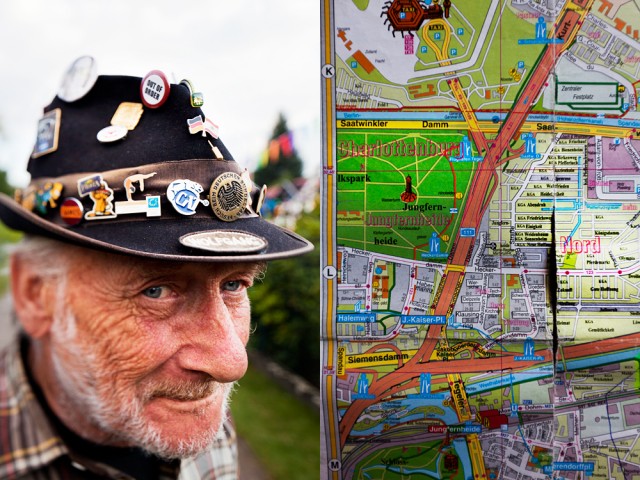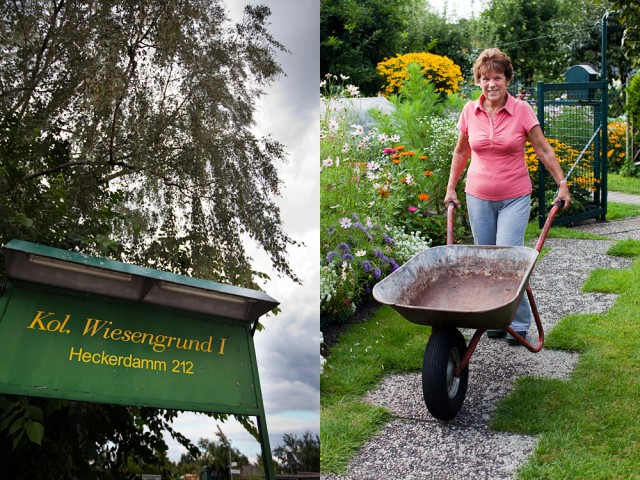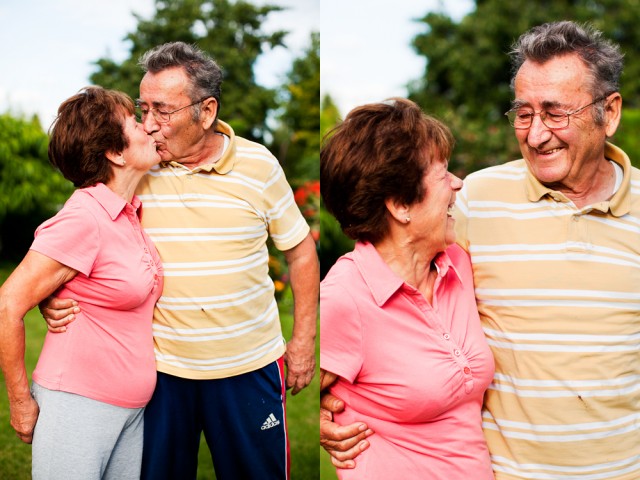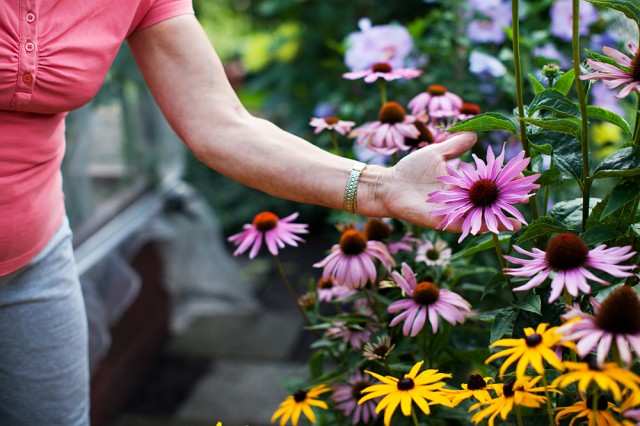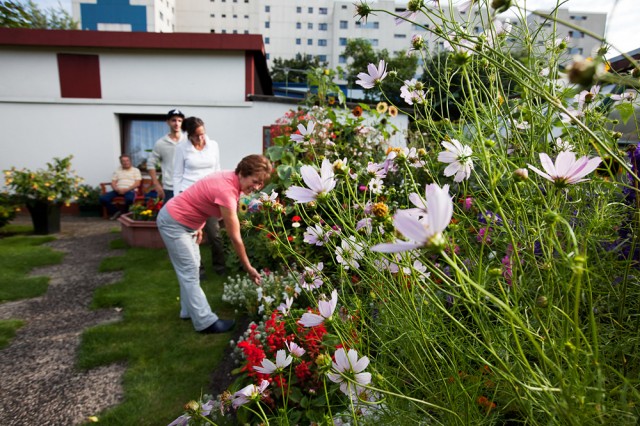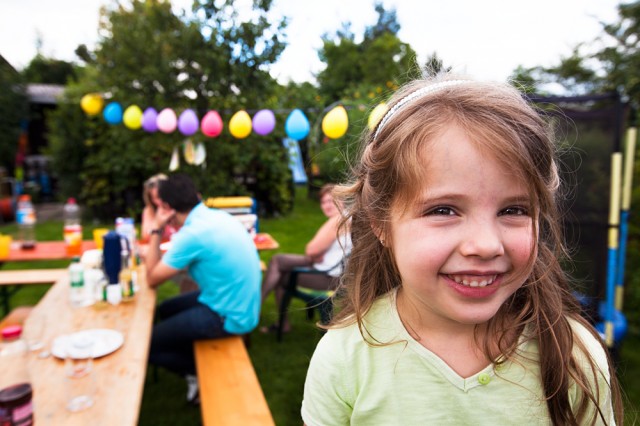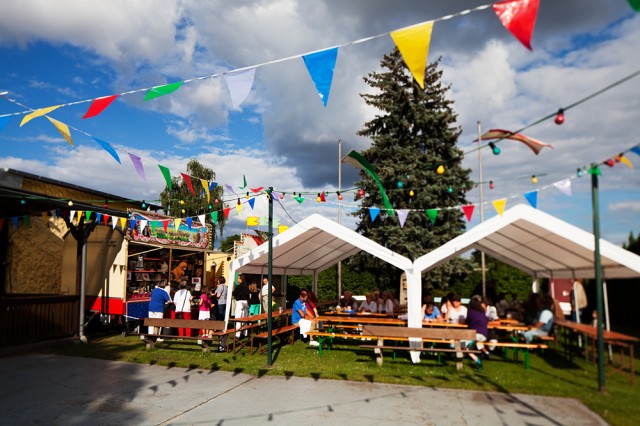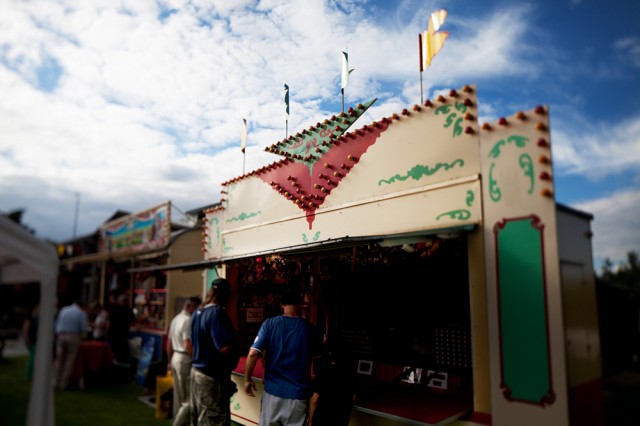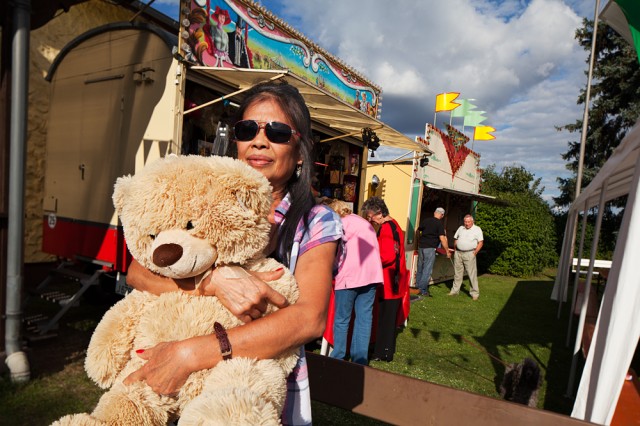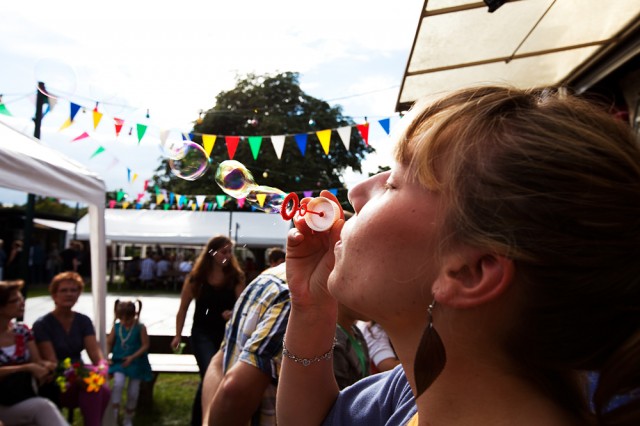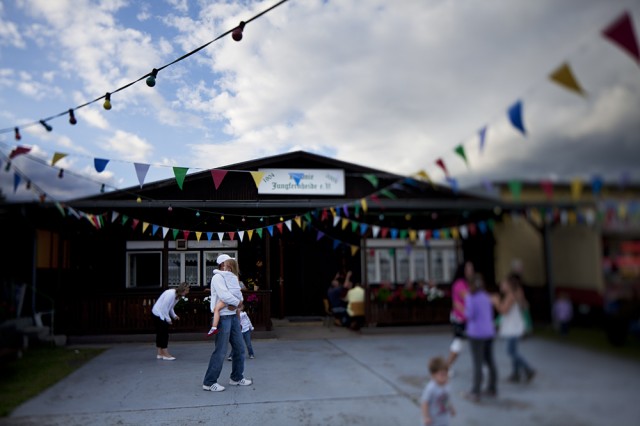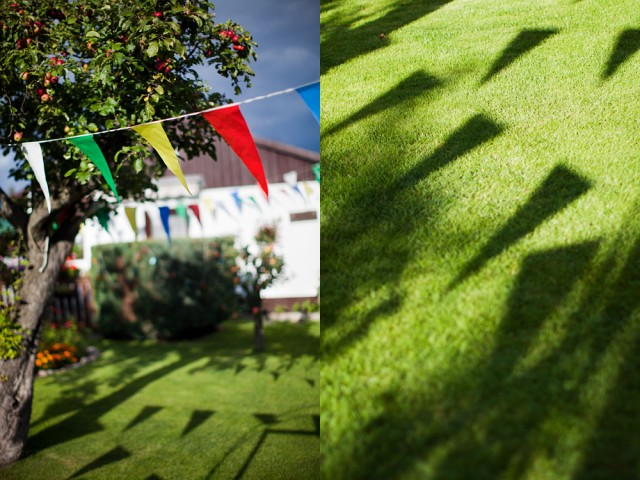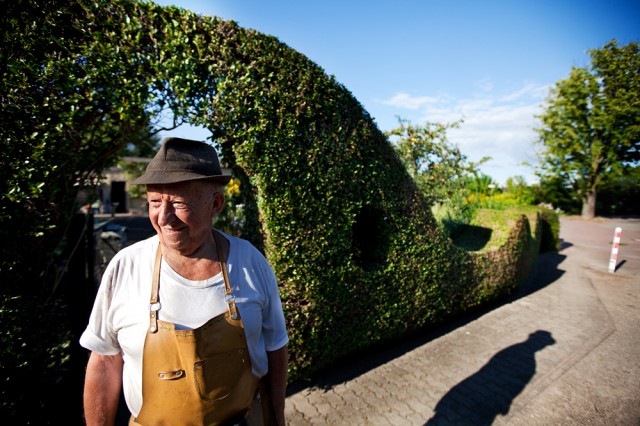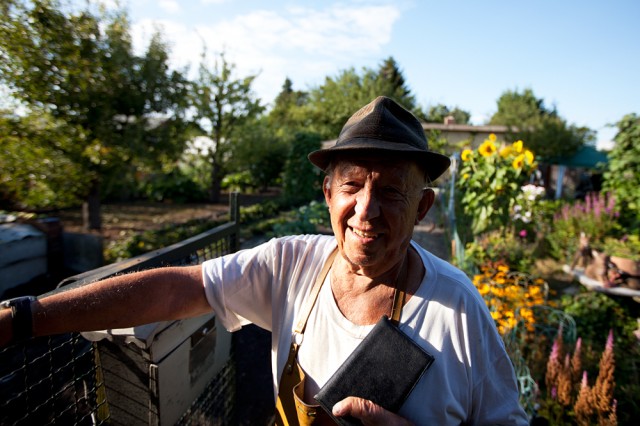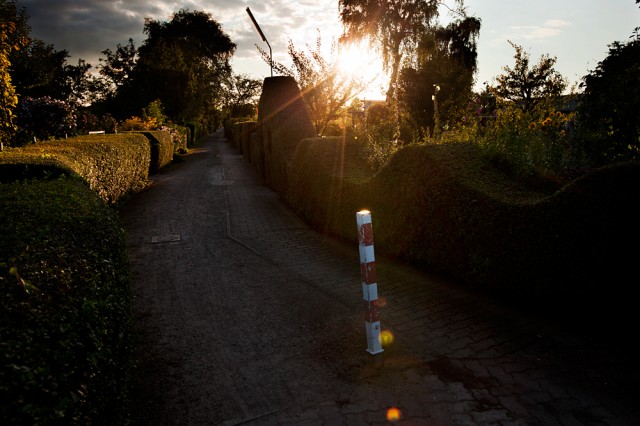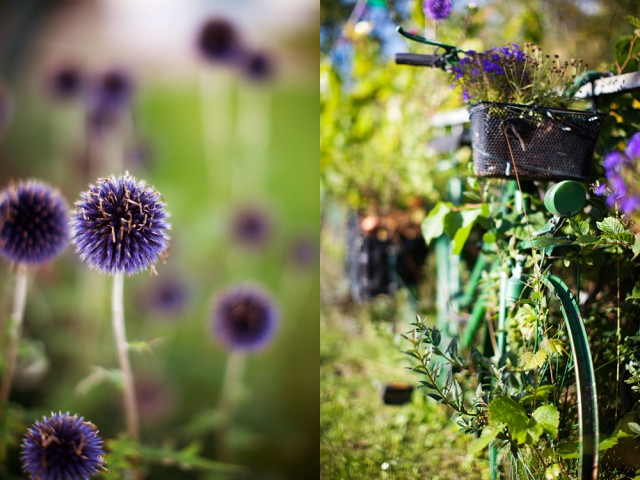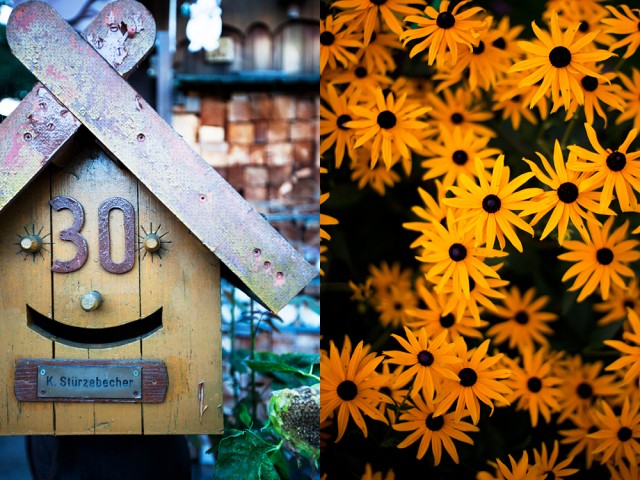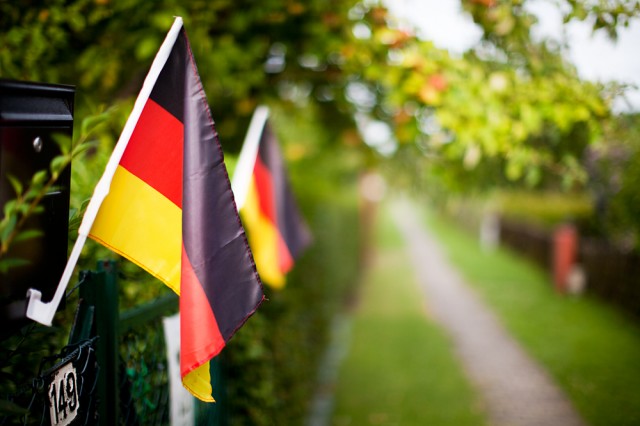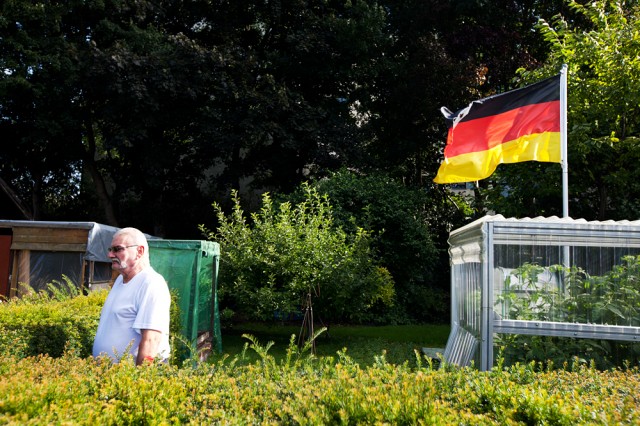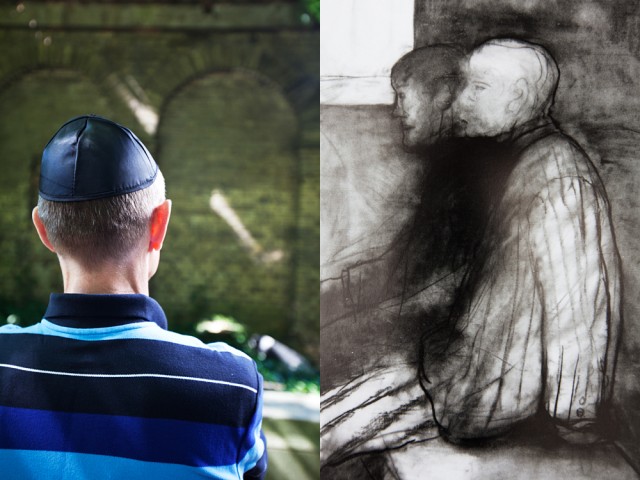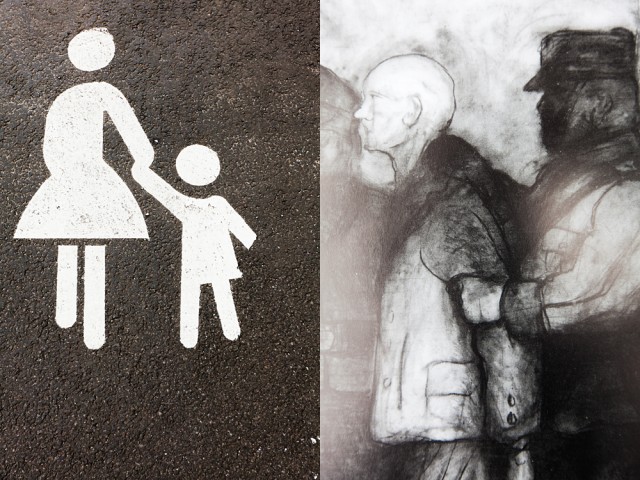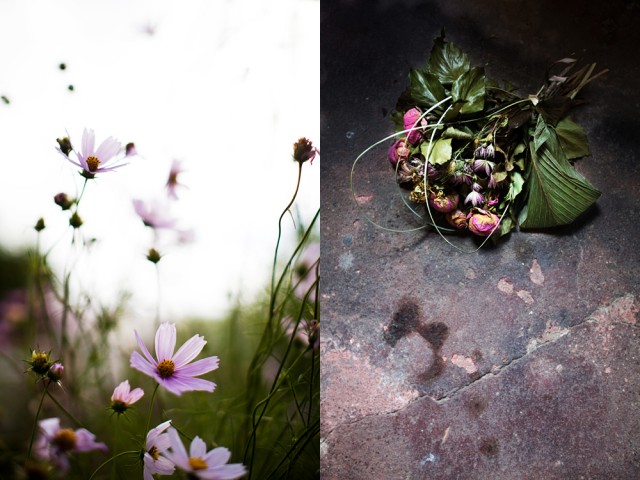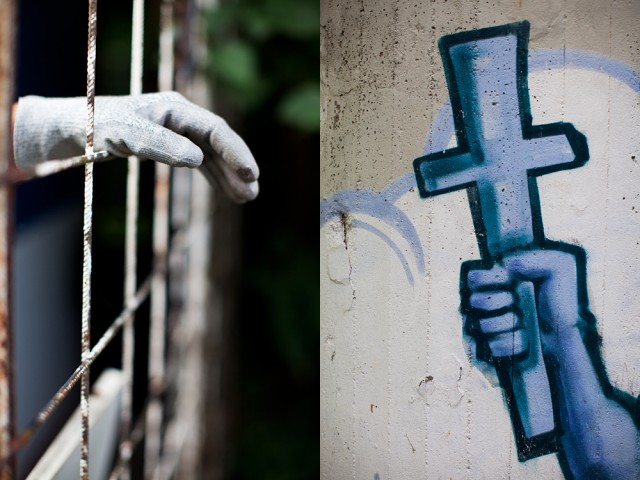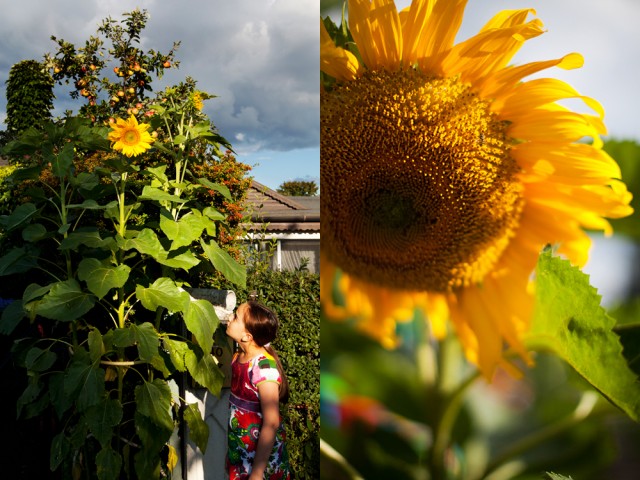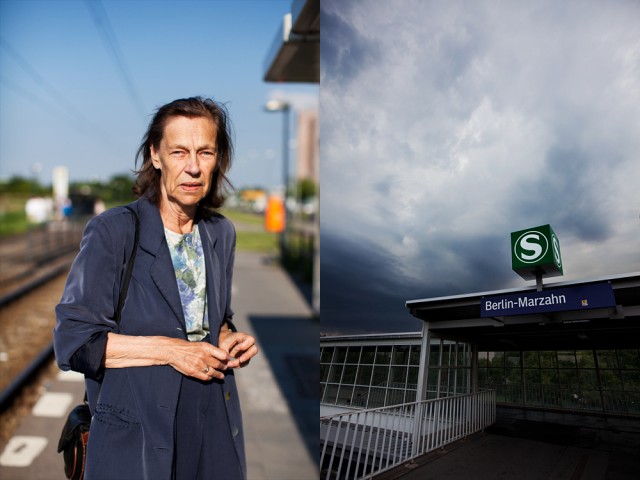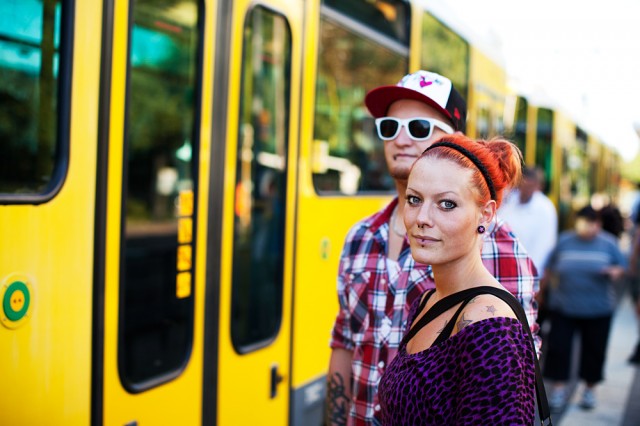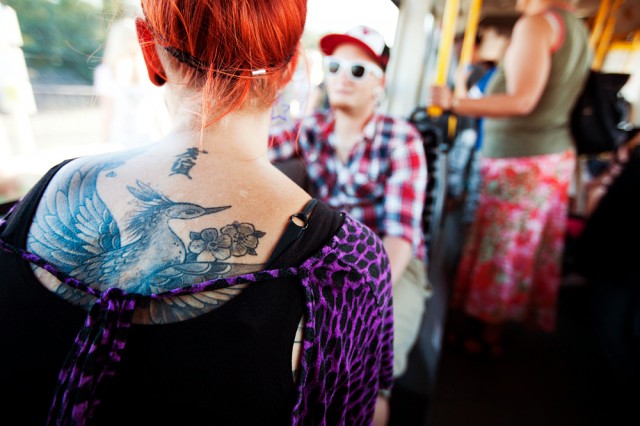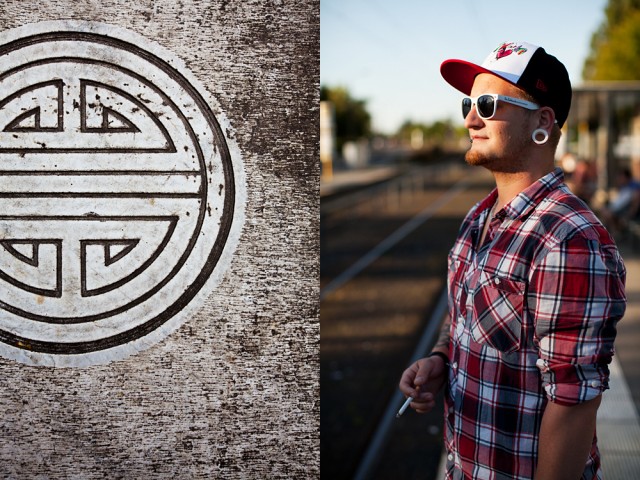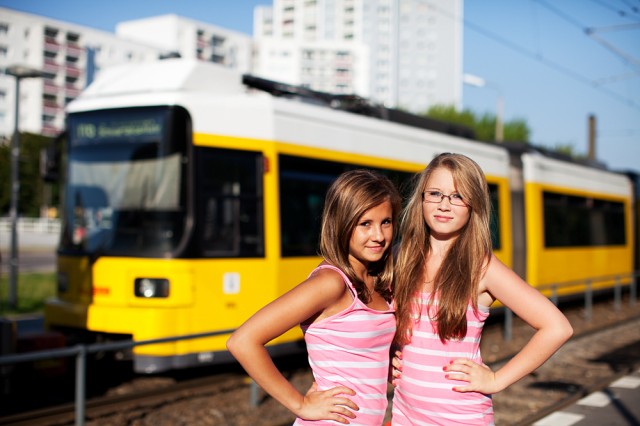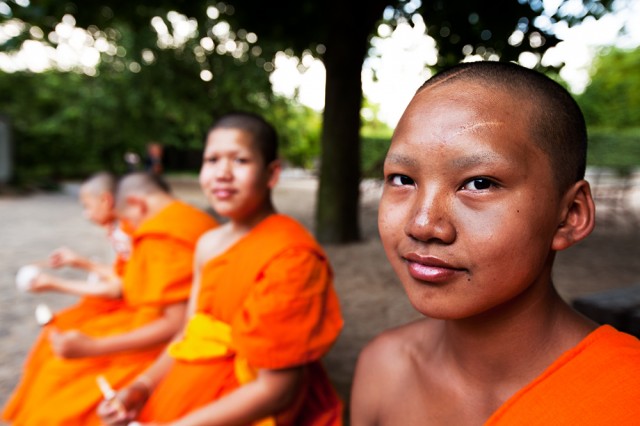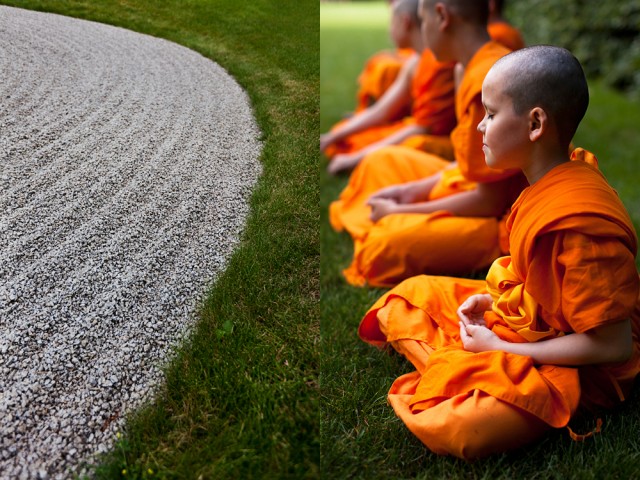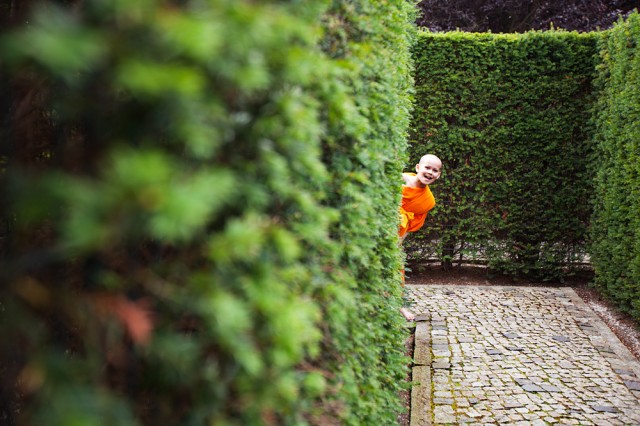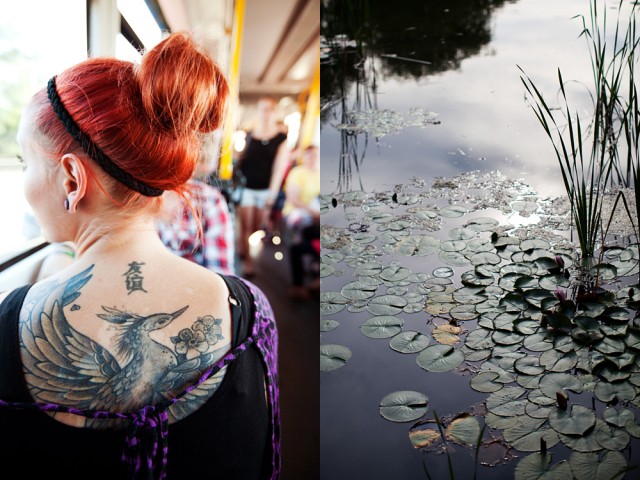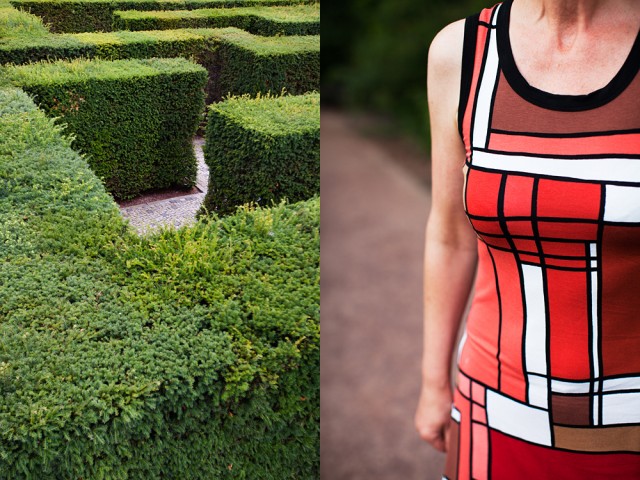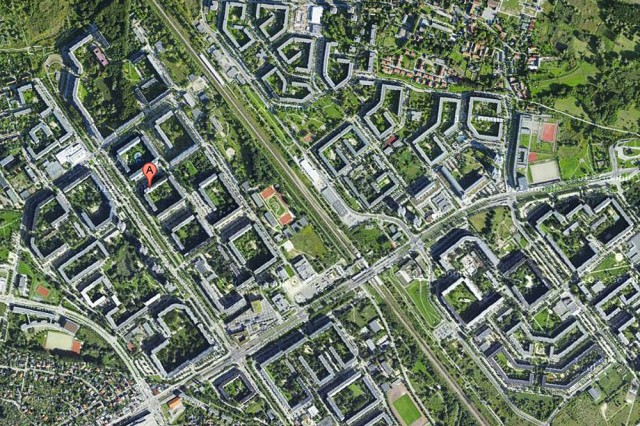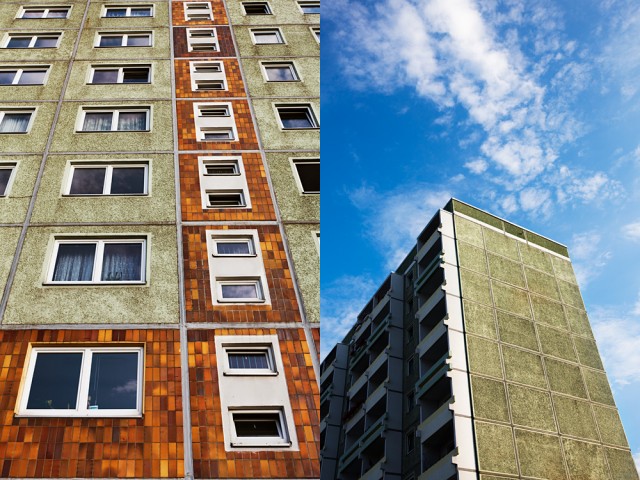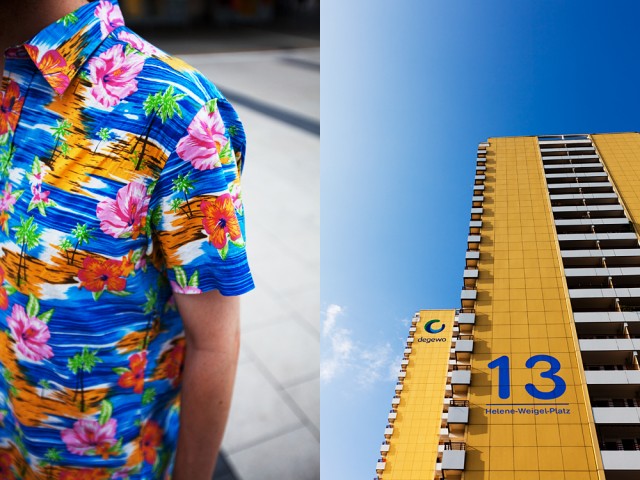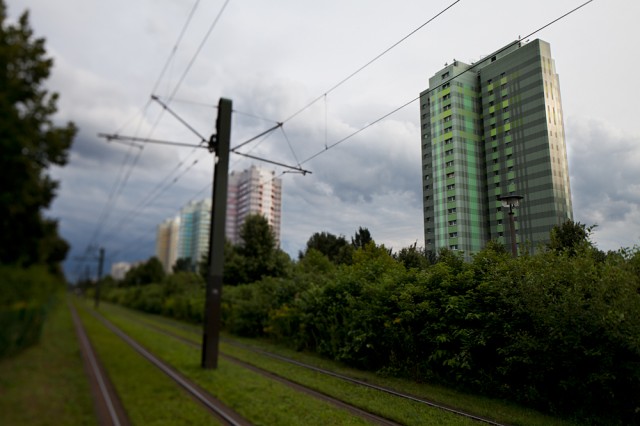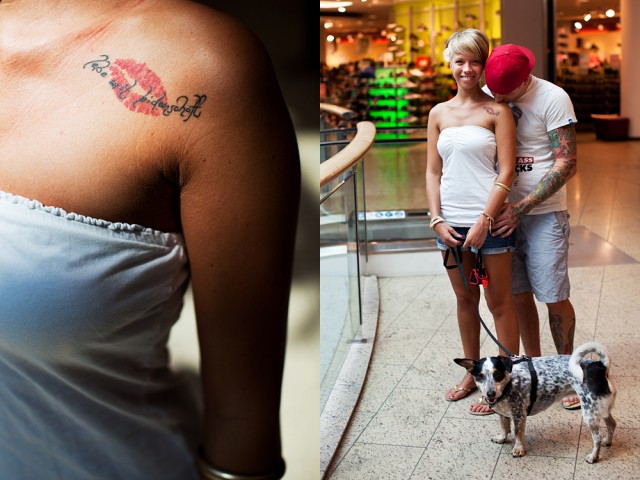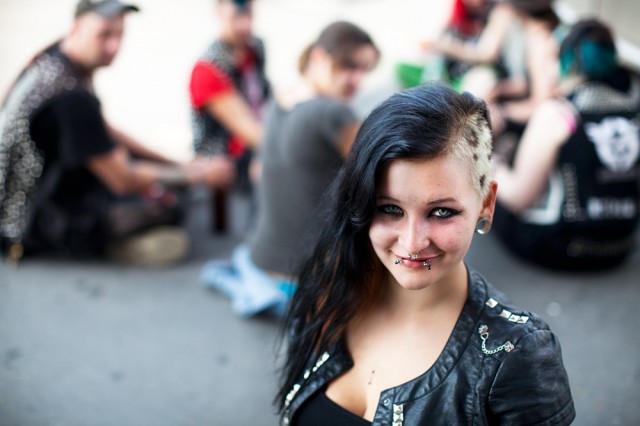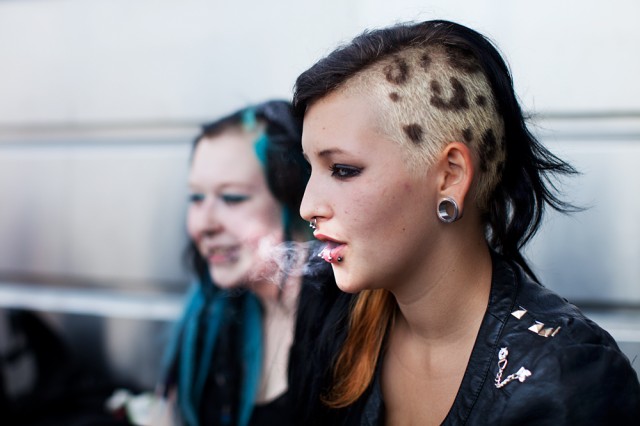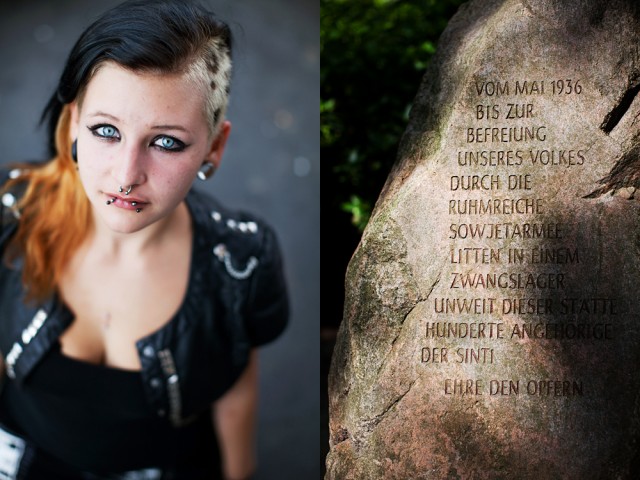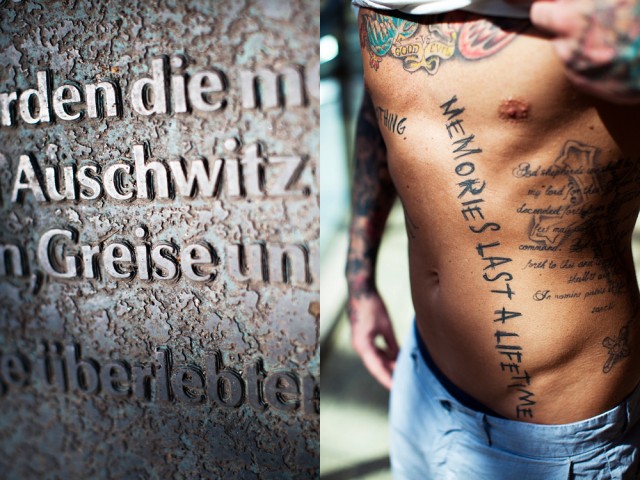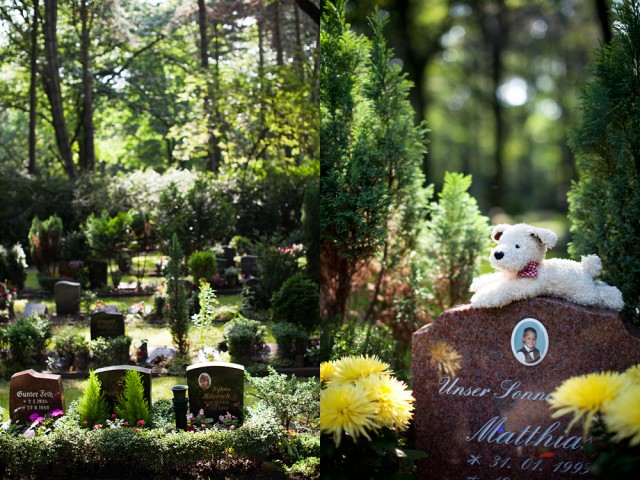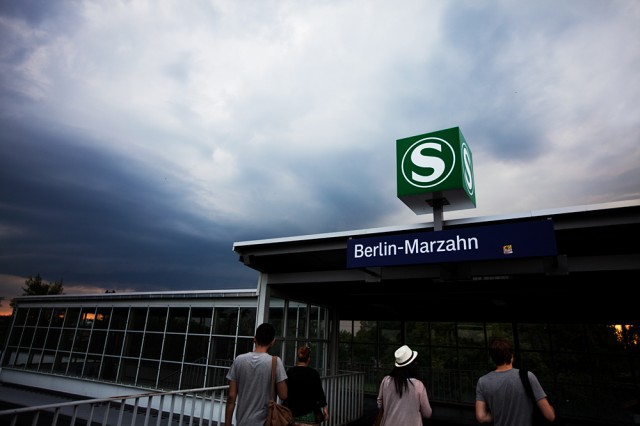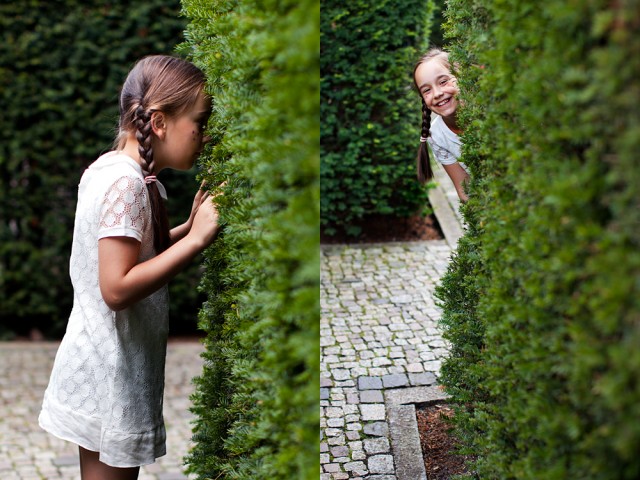For the sixth and final Berlin post I wanted to explore somewhere that would absolutely confirm the theory that Berlin consists of a whole load of Berlins – each one so different you’d swear you were in another city.
Initially I wasn’t interested in Charlottenburg. All I’d heard was that it was affluent and contained a palace (yawn) and a major shopping strip, the Ku’damm.
But when I scrutinised the map for signs of life, I found a small patch in North Charlottenburg that intrigued me – a whole load of tiny streets. What were they I wondered?
Turns out they were the elusive kleingartenkolonien that I’d been searching for ever since we’d arrived in Berlin – small garden colonies also known as Schrebergärten or allotments.
When I read up on Charlottenburg Nord, I discovered that these garden colonies were sandwiched between two churches and a prison memorial that commemorated those who stood up to the Nazis – and were killed for doing so.
Garden colonies next to a prison with a memorial for Nazi victims – strange enough for me.
Quick history… North Charlottenburg is in the west of Berlin and the northern part of the Charlottenburg-Wilmersdorf borough just south of Tegel Airport. Far from being affluent, it consists of housing estates, allotment gardens, commercial zones and Plötzensee Prison.
Let’s…
Part 1: Where am I?
There are more than 100 garden colonies in Berlin but I’d never managed to spot one until I visited North Charlottenburg. Suddenly I was in kleingartenkolonien heaven – there seemed to be squillions of the things, stretching for miles and miles.
Unlike other garden allotments where urban dwellers are given small areas of soil to grow stuff on, Berlin’s allotments also come with small homes – less than 24sqm small.
While they may be petite, they have everything you need – electricity, plumbing etc – to be able to spend large chunks of time in them. And some of them are really sweet and obviously well looked after.
So does anyone live in their miniature homes? Some people I asked said, oh no, it’s illegal. Others said, well, occasionally it’s okay. Only one lady fessed up with what I suspect is the truth – that many people spend their entire summers living in them, only leaving when the weather forces them to.
My next question was, so how do you get one? Those who are lucky enough to know someone who wants to sell their allotment need to shell out a one-off payment of around 10,000 euros and then pay the government 400 euros a year in rent. But many Berliners never get a look in because a large number of the allotments are just passed on from one generation to the next.
Got your spade? Let’s wander…
The first people I met in this miniature, magical kingdom were Erika and Gunther. Their real home is an apartment, just five minutes away, but for 53 years they’ve been visiting their garden home, “whenever the weather is good”. Their two daughters grew up here and now have their own allotments nearby.
Sitting in their garden, it really did feel like I’d left Berlin and was in the country somewhere. Erika produced tomatoes and carrots from her hothouse and showed me the inside of her garden home – it reminded me of a holiday house down the coast from Sydney – just smaller.
Yet as relaxed and rural as it seemed, the allotments are actually sitting on prime urban real estate – Erika explained that the garden colonies cover half the land size that they used to and are in danger of shrinking even more.
On our next visit, Coco and I noticed a whole load of balloons in an allotment just down the path from Erika and Gunther. We were peering over the fence when a couple of kids raced around – a moment later we were invited in for a cherry drink and to hear what the party was all about – Fabrizzio’s daughter had just started school and they were celebrating.
Part 2: Sommerfest
I’d seen flyers pinned up around the place advertising a ‘Sommerfest’ in a nearby colony, Kolonie Jungfernheide. With promises of ‘musik und tanz’ (music and dance) we were in.
When we turned up the 80s disco music was blaring but the dancefloor was empty. Instead of having a wiggle, the residents of Kolonie Jungfernheide were focused on winning a stuffed bear, either through an overly complicated ticket system or by picking up a rifle and shooting something.
Clearly we had left Berlin, the world’s hip capital, and were somewhere else entirely.
Not everyone could win the bears though. Consolation prizes included bubbles.
Adding to the rather surreal feel of the day was Judy. Judy told Coco and I that she was originally from the Philippines but now lived with her German husband in Kolonie Jungfernheide. She took a shine to Coco and, well, wouldn’t leave her alone. Coco, she’s a cute kid, but it was just a little weird.
As the Sommerfest was winding down – 7ish – we met Wolfgang. Initially it was his badged-hat that attracted me. But as I started snapping I couldn’t help wonder who he reminded me of…
Then it hit me. Gartenzwerg – the garden gnomes of the garden colonies. I mean, sure, no red hat and Wolfgang is a little taller, but aside from that he’s a real life gartenzwerg.
Garden gnomes have a long history in Germany and abound in Berlin’s kleingartenkolonien. Having never given them a second thought I was compelled to look more carefully at them given their abundance. My favourite one, I decided, is below, riding a pig.
Finally it was time to leave the disco tunes, the stuffed bears, Judy, Wolfgang and the gnomes, and wander home. Just as things were hotting up on the dancefloor. Or not.
Part 3: Arno and his hedge
On our last visit to North Charlottenburg’s garden colonies, we met Arno. I noticed his hedges first – how could you not? They were beautifully turned and quite unlike anything else in the Lilliput-esque world.
Like Erika and Gunther, Arno has had his allotment for more than 50 years and was an equally good advertisement for the health benefits of gardening – he’s 83.
Part 3: Gates, letter boxes and flags – lots of flags
The garden colonies of North Charlottenburg are happy places. Fruit drips off trees, over-sized sunflowers stand tall. Letter-boxes and flags smile.
I did wonder though, how would a non-ethnic German get on here? The German flags are as abundant as the garden gnomes and I didn’t see a single non-ethnic German. Until the last visit when we met Shnor. Originally from Iraq, Shnor and her family moved here when she was 14. There are doctors in the family and she has two degrees. She speaks fluent German and runs her own business. But still she says she’s treated differently, especially here in the close quarters of the kleingartenkolonien.
Part 4: Gedenkstätte Plötzensee
As I mentioned earlier, the garden colonies are sandwiched between two churches and a prison memorial, all of which commemorate those who were killed by the Nazis for actively objecting to the regime.
I visited the churches first as they’re on the way to the garden colonies. One of them, the Protestant church, is designed around a small, central cell-like window and is filled with highly evocative paintings that depict the incarceration and awful death (hanging or guillotine) of the Nazi opponents.
The churches serve their purpose of making sure no one forgets. But it wasn’t until I saw the Gedenkstätte Plötzensee (Plötzensee Memorial) that I was really freaked out by the sheer horror of what happened. They’ve kept the room where 2,500 men and women were executed for their beliefs. At the far end there are some flowers and a couple of wreaths sitting on the floor under the meat hooks that were once used for hanging. Although the back area is cordoned off I felt compelled to take a closer look at the wreaths. One was dedicated to Heinz Koch from his son and family. The wreath isn’t new but it can’t be that old either. Just the thought of his son going there to lay it and seeing the room where his dad was either hung or guillotined…
On the way back to the U-Bahn we walked past the garden colonies, bursting at the seams with energy and life. Having just left so much death, it was very strange indeed.
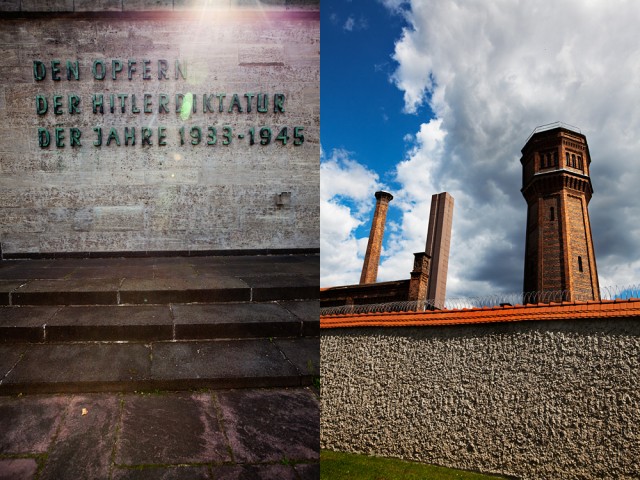
the memorial at the prison to those who sacrificed their lives by fighting the ‘Hitler dictatorship’ of 1933-1945
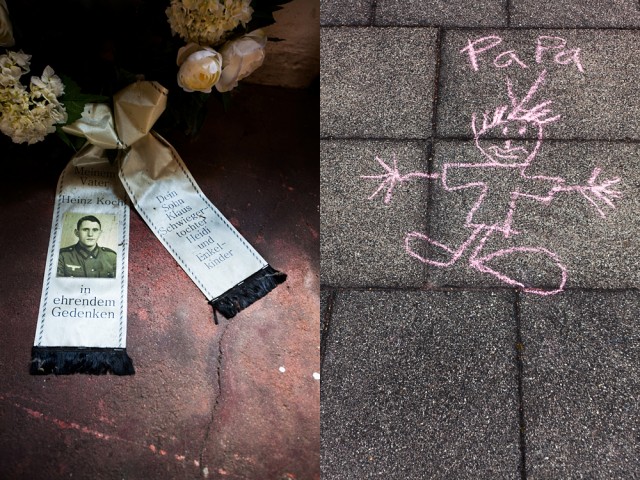
‘To my father Heinz Koch, in honorific commemoration, your son Klaus, daughter-in-law Heidi and grandchildren’
The Wrap
I was so glad to have finally found some of the kleingartenkolonien that I’d heard about and to have met such lovely people as Erika, Gunther and Arno. May the garden colonies continue to overflow with fruit and flowers and not wither under pressure from developers.
And I hope too that the commemorative churches and memorial to the victims of the Nazis ensures that the memory of those people who sacrificed their lives continues to live on. I know I’ll never forget them.
On the ‘home front’
It’s been hectic. This week we packed up and moved out of the apartment we’ve called home for six weeks, finished photographing for this post, flew to Rome to overnight in an airport hotel before catching a nine hour flight the next morning to New York… All of which explains why this post is so late. I thought I’d be able to hit the ‘Publish’ button before we left Berlin on Tuesday but time evaporated and before I knew it, we were sitting in a New York taxi listening to loud reggae and Winston, our very chatty and learned Jamaican taxi driver.
So ‘auf wiedersehen’ and ‘tschüs’ Berlin. You’re fascinating and strange and so much more than just the cool, hip – cheap – city they say you are. At times I found you horrifying and saddening, then surprising and uplifting. And even when I didn’t know quite what to think or feel, I always found you interesting.
I can’t wait to come back in ten, twenty, thirty years time to see how you turned out.
And Coco, well, she tells me you’re her favourite city so far – because you’re “so relaxed”. And I thought it was just because of the frankfurters.
—
This suburb has been brought to you by Samantha Heron
—
It’s already Thursday and we’ve just arrived in New York. So the next post will be either Friday or Monday week. See you then.
